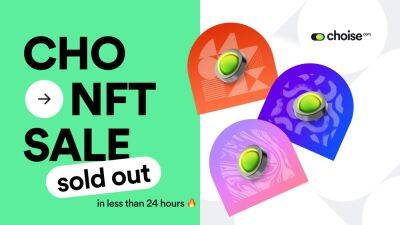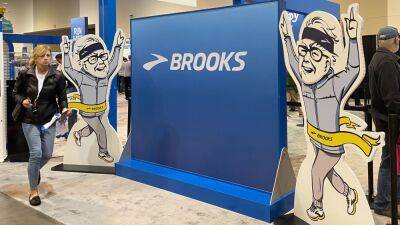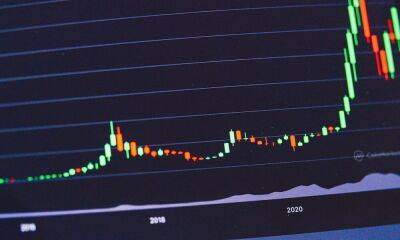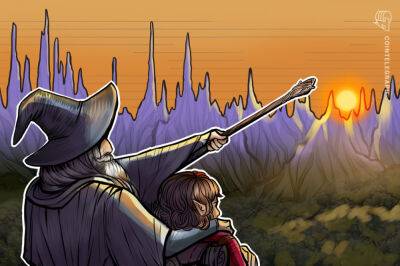Ethereum is like the best and worst parts of New York: Grayscale
Digital asset manager Grayscale has published a report on smart contract platforms in which it likens the Ethereum (ETH) blockchain to the best and worst parts of New York City.
The report examines the granddaddy smart contract network Ethereum in comparison to newer competing blockchains such as Solana (SOL), Avalanche (AVAX), Polkadot (DOT), Cardano (ADA) and Stellar (XLM). The report comes in the wake of the firm launching a crypto fund dedicated to smart contract platforms excluding Ethereum.
In a section titled “digital cities,” Grayscale analyzed Ethereum, Avalanche and Solana. The firm compared Ethereum to the Big Apple, noting that they both share similarities with issues that arise from their stature:
“Users and developers take comfort that Ethereum will likely continue to be the center of gravity for application innovation and liquidity due to the size of its community and the amount of capital locked into the network’s smart contracts. An L2 solution like Polygon is comparable to a skyscraper in NYC: it scales by building upwards,” the report added.
The firm went on to suggest that users moving to competing blockchains is like moving to a cheaper city due to the high gas fees and network congestion on Ethereum caused by overwhelming demand for decentralized finance (DeFi) services and nonfungbile tokens (NFTs) over the past two years.
“As Ethereum fees began to eclipse $10 per transaction, smart contract platforms like Stellar, Algorand, Solana, and Avalanche experienced strong growth in daily on-chain transaction counts,” the report read.
Grayscale described Solana as like Los Angeles, noting that it is a “structurally distinct network that is speedier and focuses on different use cases” such as on-chain order
Read more on cointelegraph.com













![JUMPN [JST] with joy looking up to STEPN [GMT]? Here’s something sinister](https://finance-news.co/storage/thumbs_400/img/2022/4/29/23749_scx8.jpg)



